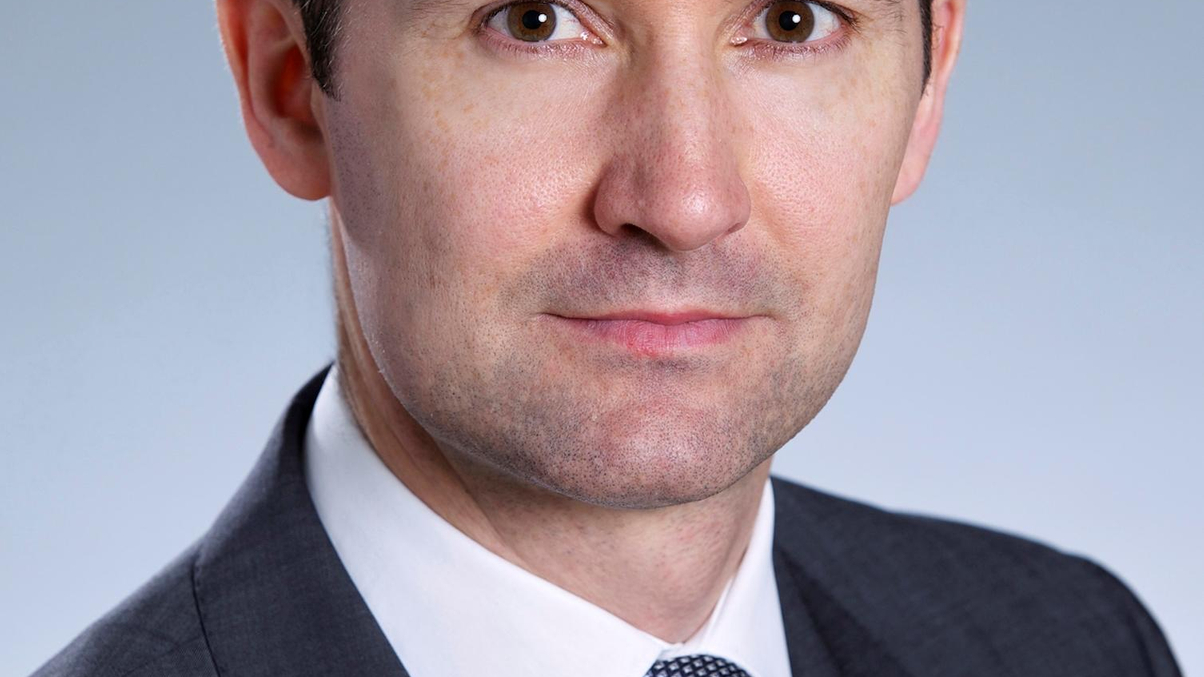New launch landscape fixated on income
Dynamic bond and equity income funds are forecast to dominate the low-yield environment, agree Fidelity and HSBC Global Asset Management.

Bond funds and income products are dominating the new launch landscape this year in the low-yield environment, and this is expected to continue for the foreseeable future.
Sign in to read on!
Registered users get 2 free articles in 30 days.
Subscribers have full unlimited access to AsianInvestor
Not signed up? New users get 2 free articles per month, plus a 7-day unlimited free trial.
¬ Haymarket Media Limited. All rights reserved.


